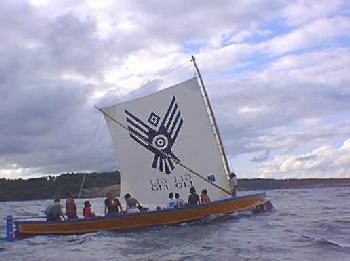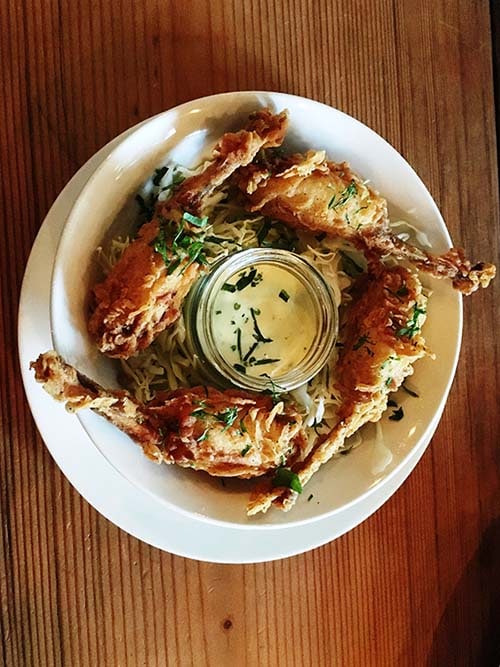3. Christmas Charamico
The Christmas Charamico is a well-known tradition in the Dominican Republic that creates a lively and fun atmosphere during the Christmas period.
The people of the Dominican tend to mimic the Christmas tree decoration, but Instead of having a traditional Christmas tree, they decorate the streets with Charamicos. These cone-shaped structures made from vines and branches come in various colors, including white, red, and green.
This tradition is genuinely unforgettable and showcases the joyfulness of Dominican culture. The Charamicos are put up as early as October to welcome Christmas on the island.
It’s just another example of the unique and vibrant culture that the Dominican Republic is famous for. That said, the best time to visit the country is during the Yuletide season if you want to have a feel of this tradition.

Komentator isenk:
3. Christmas Charamico
The Christmas Charamico is a well-known tradition in the Dominican Republic that creates a lively and fun atmosphere during the Christmas period.
The people of the Dominican tend to mimic the Christmas tree decoration, but Instead of having a traditional Christmas tree, they decorate the streets with Charamicos. These cone-shaped structures made from vines and branches come in various colors, including white, red, and green.
This tradition is genuinely unforgettable and showcases the joyfulness of Dominican culture. The Charamicos are put up as early as October to welcome Christmas on the island.
It’s just another example of the unique and vibrant culture that the Dominican Republic is famous for. That said, the best time to visit the country is during the Yuletide season if you want to have a feel of this tradition.
It is Dominica that is different than Dominican Republica. Look at my maps. And you were the one that proposed it and put the volcanoes in Dominica.
3. Boiling Lake
Dominica’s signature hiking adventure, the Boiling Lake Trail, tops the must-do lists of most outdoor lovers. This full-day, there-and-back hike is located in the Morne Trois Pitons National Park — a Unesco world heritage site — and takes in lush rainforest, a mountain top, and the otherworldly Valley of Desolation, an active volcanic caldera alive with steaming fumaroles, bubbling mud and hot water streams. Journey’s end is a large, flooded crater, superheated from below and in a constant state of vigorous rolling boil. Look out for the warm-water pools and cascades en route where a quick soak provides a helpful muscle massage on the return journey.

5. Indian River
A river on the Caribbean island of Dominica, it flows to the Caribbean Sea between the town of Portsmouth and the village of Glanvillia. It is the widest river in Dominica. Indian River boat rides are one of tourist attractions of Dominica. It was a filming location for Pirates of the Caribbean: Dead Man’s Chest. 
6. Creole cooking
Dominica’s Creole heritage was born out of colonialism and enslavement and combines traditions of South America, Africa and Europe. It manifests itself in traditional costume, language, music, dance and cuisine. Creole food can be enjoyed at establishments all around the island throughout the year and for those with a particular interest it’s also possible, as well as good fun, to sign up for an informal cooking class. Usually at the chef’s home, small groups learn about local ingredients and how to prepare popular Creole dishes such as callaloo, sancoche and crabback. After the hard work is done, sit out in the garden and enjoy what you cooked.
7. Original language in Dominica.
Arawaks were the people who running away from the cannibalistic Caribs settled large communities in the Lesser Antilles being Dominica one of them. Originally, they left small communities in Venezuela and Colombia where they still roam in this XXIst century and navigated to all the Antilles. Most of the island inhabitants died during the Spanish genocide known as La Conquista. All their culture was lost because they did not have a written language and oral tradition was totally lost. However, some Arawak words are incorporated to English: hammock, Cuba, hurricane, barbeque, canoe and tobacco are Arawak words originally.

8. Mountain Chicken
You might be in for a bit of a surprise if you order this dish because it doesn’t actually contain any chicken! The mountain chicken actually refers to a species of giant frog native to the area. The legs, which form the basis of a dish, is considered Dominica’s national food. If you’ve ever had frog’s legs before, then you know that they indeed taste a lot like chicken. Mountain chicken’s legs are fried up with spices and seasonings and served along with local vegetables such as yams, yucca, pumpkin and plantains.

9. Champagne Reef
One of Dominica’s most notable dive and snorkel sites, you will be amazed by the thousands of warm bubbles emitted from geothermal springs that vent gases through the water, giving a sensation of swimming through champagne. Batfish, sea horses, barracuda, rays, squid, and trumpet fish are just some of the species found in the warm waters here. 



 aeonee:
aeonee:

